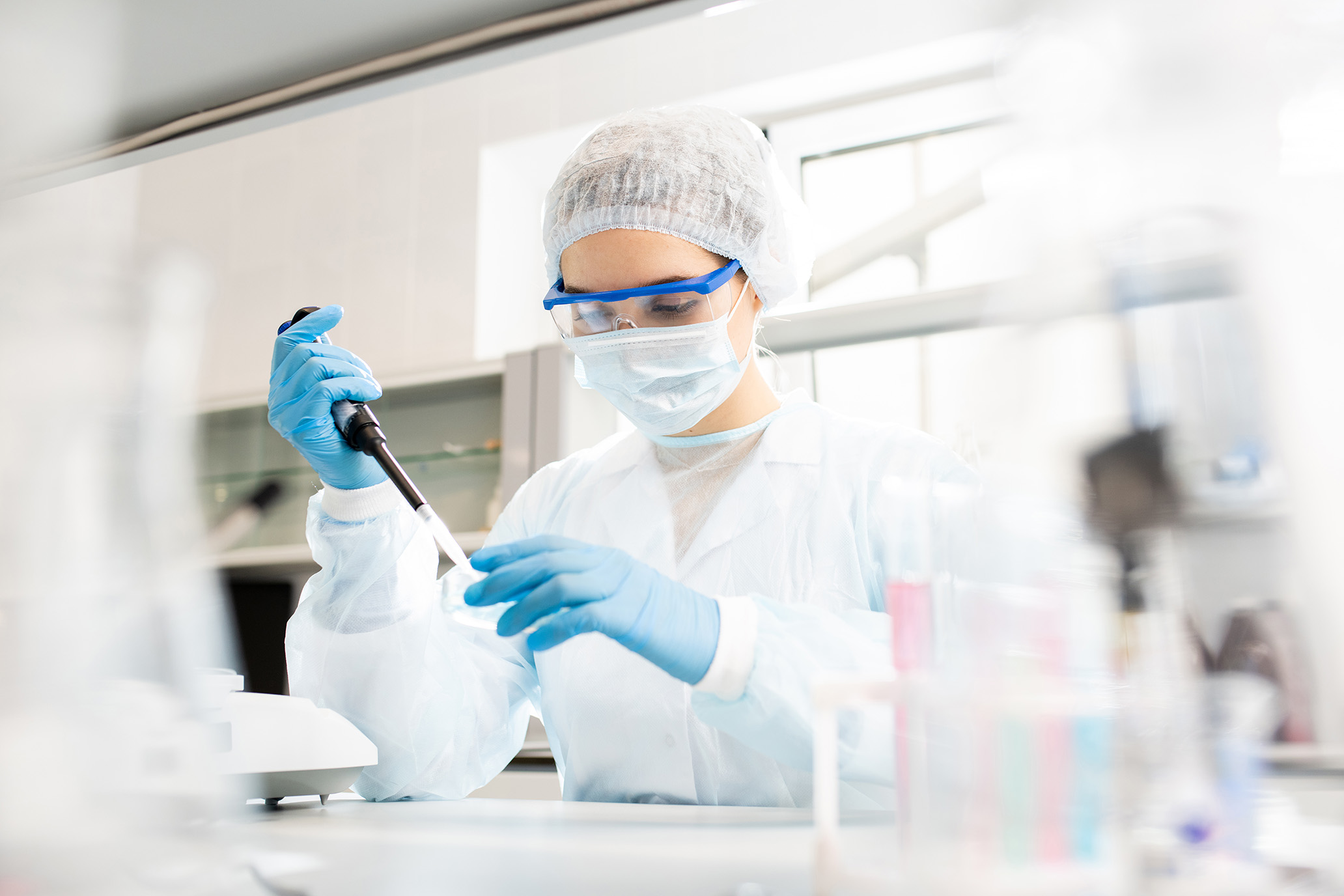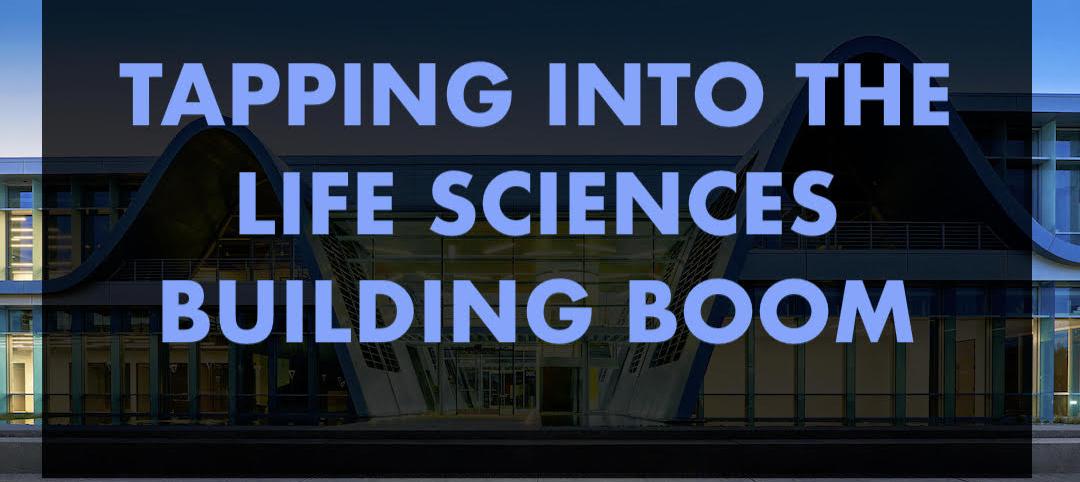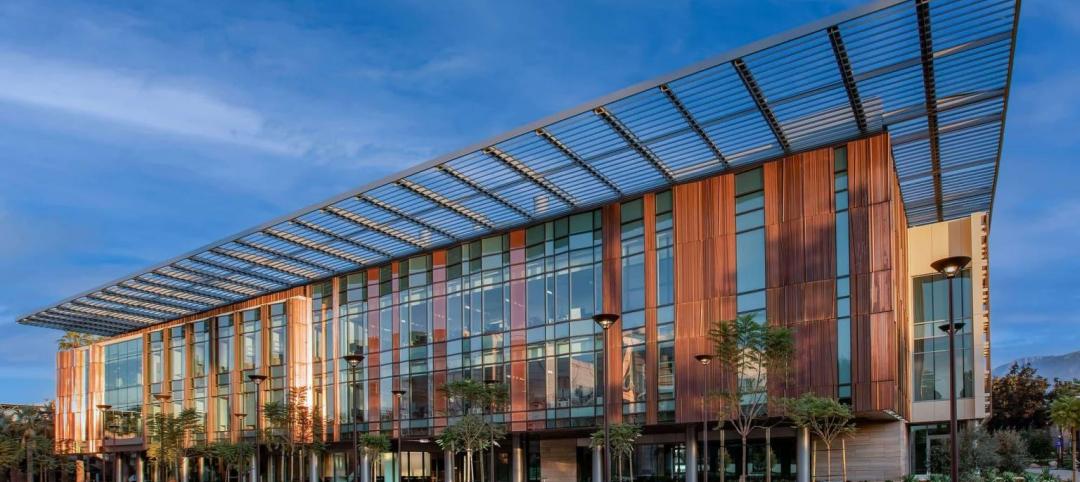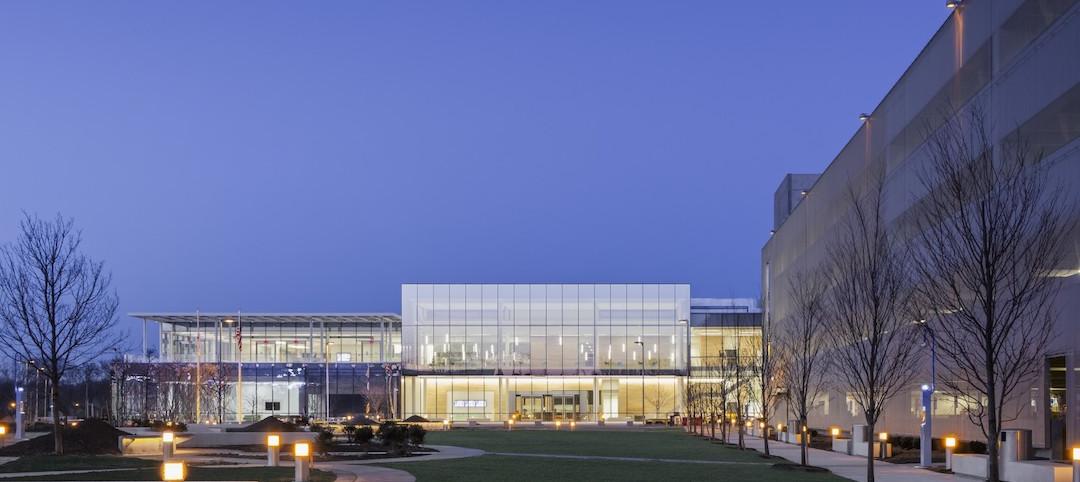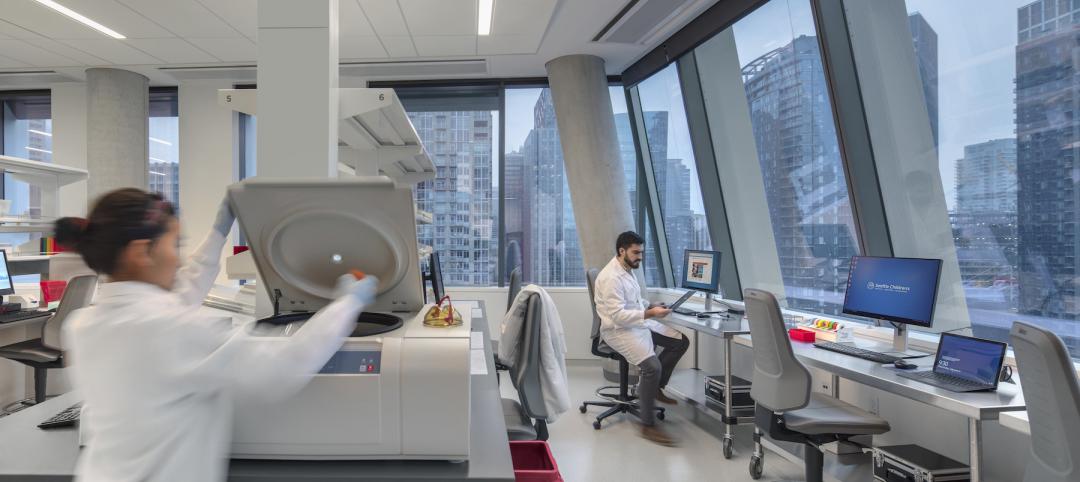A groundbreaking study conducted by ARC – Advanced Research Clusters, HOK, and the University of the West of Scotland (UWS), has revealed that half (48.1%) of all survey respondents who work in laboratory settings identify as neurodivergent, more than double the global average (20%) and more than a quarter (25.5%) identify as autistic, twenty-five times the UK average (1%). Because of this, spaces designed to foster technological and scientific innovation are inadvertently stifling the potential of the brilliant minds working within them by not addressing the sensory processing needs of the occupants.
To date, there has been a dearth of research into creating inclusive scientific spaces. Focused on science and technology innovators in laboratory settings, this study aimed to identify how individuals respond to sensory stimulation in current lab designs. It revealed how neurodivergent individuals are particularly sensitive to auditory, visual and tactile elements, exposing that many existing laboratories are not designed to address these needs holistically. These sensory distractions are linked to cognitive interruptions such as loss of focus and a disruption of creativity and innovation, which directly impacts employee engagement, satisfaction, and productivity.
The study also revealed that a third (29.9%) of the next generation of innovators consider themselves neurotypical. Without inclusive laboratory designs, the scientific research profession risks undermining these brilliant minds, leading to reduced productivity, poor recall, burnout, stress and recruitment and retention challenges.
Results for Designing Neuroinclusive Laboratory Environments
Dr. Edward Edgerton from UWS said: “Often, neurodivergent employees will manage their work environments by hiding signs of their neurodiversity. However, even when their neurodiversity is recognized, their workplaces can still be exhausting, impacting negatively on their performance and wellbeing. Few organizations have considered neurodiversity workspace design particularly for laboratories.”
ARC supports over 300 science and tech organizations and over 10,000 innovators. The anonymised study included lab-based users from ARC’s network, including the renowned Harwell Science Campus, science departments at the University of Oxford and participants from selected European science campuses.
HOK, a leading global architecture firm that specializes in designing neuroinclusive spaces, partnered with ARC and UWS for the research. The team explored ways to identify sensory preferences and challenges and to develop design principles critical to the performance, sense of belonging and overall satisfaction of the people using laboratory spaces. Studies have shown that spaces that support diverse thinking enhance creativity and innovation by 20 percent.
Kay Sargent, HOK’s director of thought leadership, interiors, said: “You don’t have to be neurodivergent to be annoyed by sound, temperature, or light. But what might be annoying for someone who is neurotypical might be debilitating to someone with ADHD, autism, or other neurodivergence. It’s about making spaces more functional for 100% of the people. By creating neuro-flexible spaces, we’re enabling some of the world’s brightest minds to come together, allowing super-creative people to find their own personal, comfortable space.”
Design Strategies for Neurodiverse Laboratories
Design strategies identified by HOK that should be implemented in future laboratory developments include: providing individuals with choices, the right level of sound and auditory controls to support specific tasks, creating spaces with access to natural daylight and biophilic elements, reducing visual clutter, having adjustable ergonomic furniture, incorporating areas within the lab to retreat or reset, and introducing collaborative areas and spaces for doodling.
Jenny Gardner, ARC’s development director said: “At ARC, we understand the importance of creating spaces that support our members in solving the world’s greatest challenges. Until now the industry has failed to address the needs and experiences of neurodiverse individuals, prioritizing sterile, modern looks and open-plan co-working spaces without areas to decompress. We’re committed to changing this by designing inclusive scientific spaces that enable our members to deliver life-changing science.”
Daisy Shearer, a Quantum physicist and neurodiversity advocate, said: "Ensuring scientific workspaces are designed with neuro-inclusion in mind is an often-overlooked aspect to accessibility and the EDI conversation. It's great to see these discussions happening around neurodiversity at ARC, so we can create inclusive spaces where all neurotypes can thrive. Good research and innovation stems from those who work on it, ensuring a diverse group of people can access these careers is key."
Related Stories
Giants 400 | Dec 31, 2021
2021 Science and Technology Sector Giants: Top architecture, engineering, and construction firms in the U.S. S+T facilities sector
HDR, CRB, Jacobs, Skanska USA, and Whiting-Turner Contracting Co. top the rankings of the nation's largest science and technology (S+T) sector architecture, engineering, and construction firms, as reported in the 2021 Giants 400 Report.
Laboratories | Nov 18, 2021
Tapping into the life sciences building boom
Paul Ferro of Form4 Architecture discusses how developers are pivoting to the life sciences sector, and what that means for construction and adaptive reuse.
2021 Building Team Awards | Nov 17, 2021
Caltech's new neuroscience building unites scientists, engineers to master the human brain
The Tianqiao and Chrissy Chen Institute for Neuroscience at the California Institute of Technology in Pasadena wins a Gold Award in BD+C's 2021 Building Team Awards.
Laboratories | Nov 17, 2021
New report finds a biopharma industry being reshaped by disruption
Industry respondents to CRB’s survey weigh in on project delivery, digitization, and off-site manufacturing for life sciences construction.
Laboratories | Oct 14, 2021
‘Next-generation’ Quest Diagnostics lab unveiled in New Jersey
Mark Cavagnero Associates designed the project.
Laboratories | Aug 31, 2021
Pandemic puts science and technology facilities at center stage
Expanding demand for labs and life science space is spurring new construction and improvements in existing buildings.
Giants 400 | Aug 30, 2021
2021 Giants 400 Report: Ranking the largest architecture, engineering, and construction firms in the U.S.
The 2021 Giants 400 Report includes more than 130 rankings across 25 building sectors and specialty categories.
Laboratories | Aug 30, 2021
Science in the sky: Designing high-rise research labs
Recognizing the inherent socioeconomic and environmental benefits of high-density design, research corporations have boldly embraced high-rise research labs.
Laboratories | Aug 25, 2021
Lab design strategies for renovations and adaptive reuse
Lab design experts in HOK’s Science + Technology group outline the challenges organizations must understand before renovating a lab or converting an existing building into research space.
Architects | Aug 5, 2021
Lord Aeck Sargent's post-Katerra future, with LAS President Joe Greco
After three years under the ownership of Katerra, which closed its North American operations last May, the architecture firm Lord Aeck Sargent is re-establishing itself as an independent company, with an eye toward strengthening its eight practices and regional presence in the U.S.


